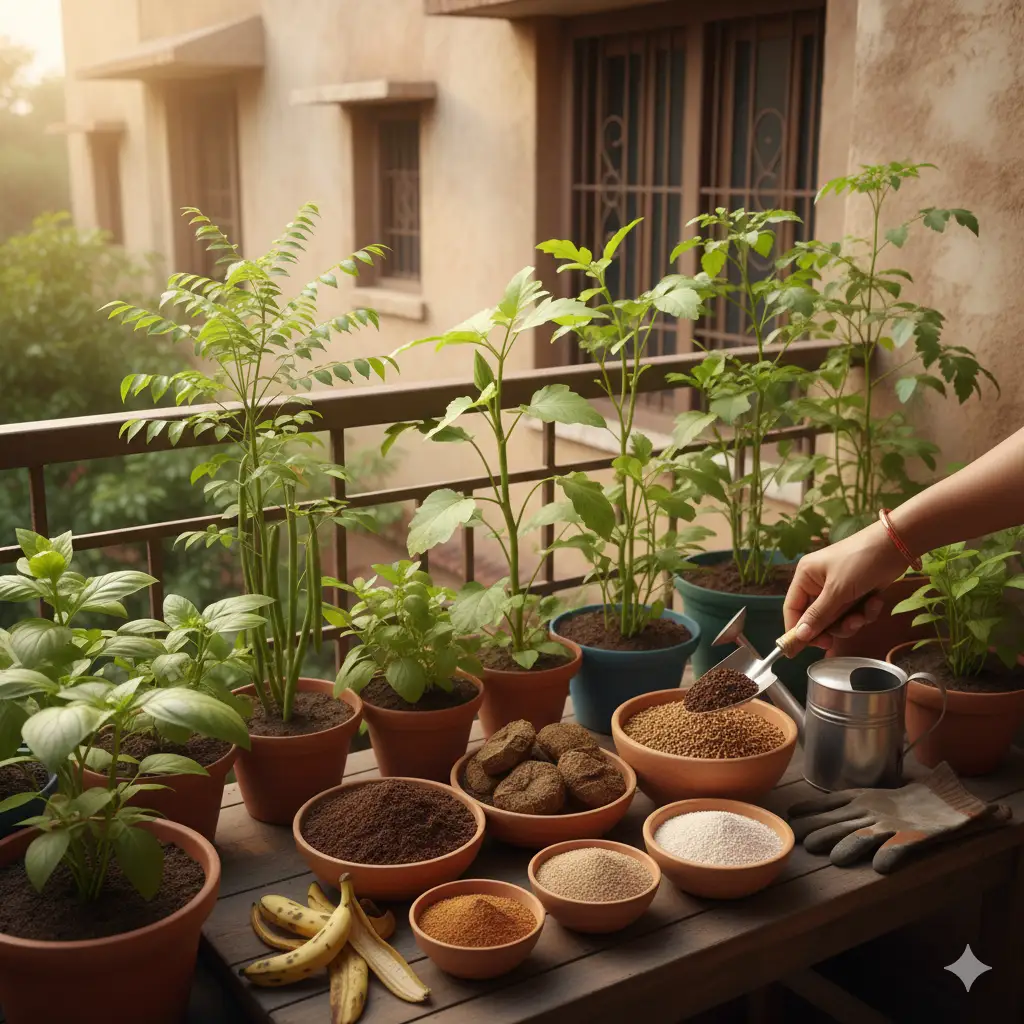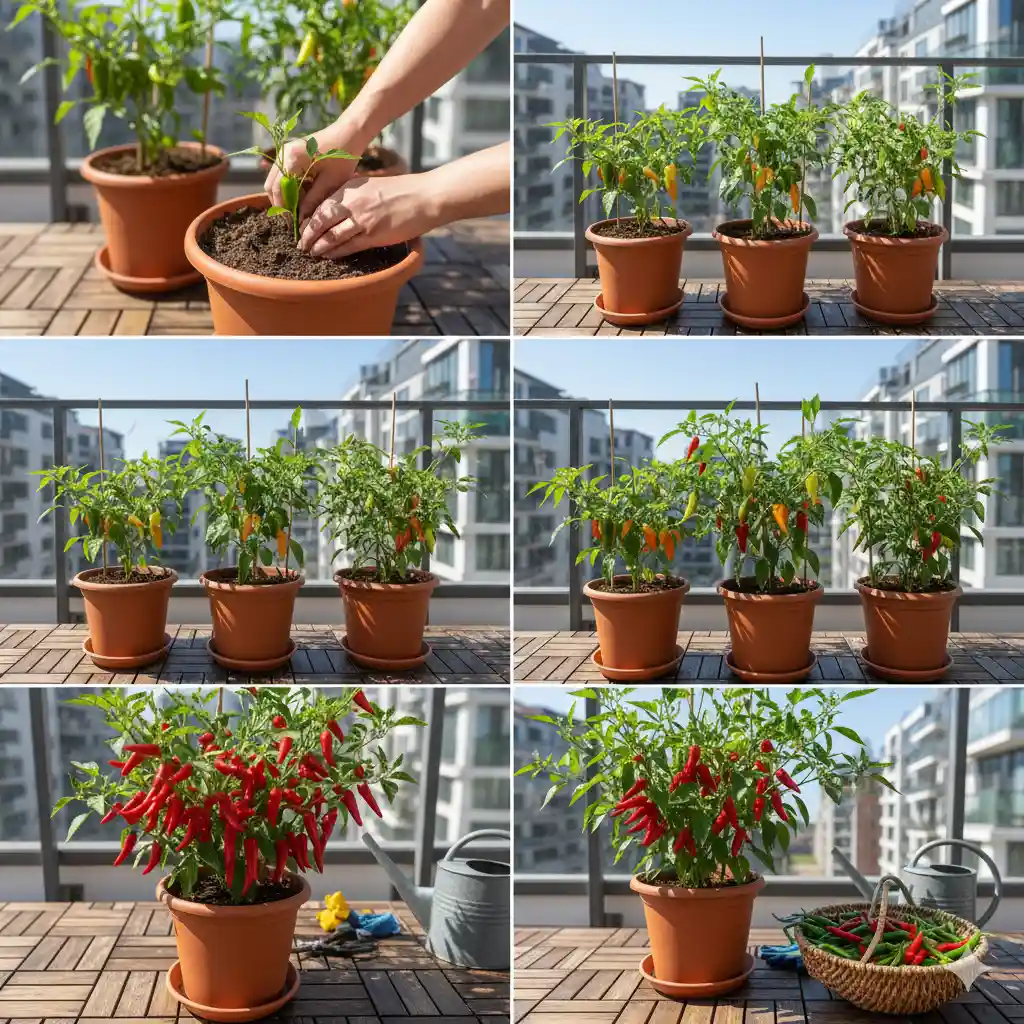How to Save a Dying Plant in 24 Hours: Quick and Effective Steps for Beginners
Struggling with a dying plant? Learn how to save a dying plant in 24 hours with simple, practical steps that anyone can follow. This guide is perfect for beginners and urban gardeners looking to revive their plants fast and naturally.

How to Save a Dying Plant in 24 Hours: Quick and Effective Steps for Beginners
There’s nothing more heartbreaking than seeing your beloved plant wilting, yellowing, or looking lifeless. But don’t worry! If you act quickly, you can save a dying plant in 24 hours with some easy, effective techniques. Whether you’re a seasoned gardener or a beginner growing plants in your apartment or balcony, this guide will help you revive your plant before it’s too late.
Why Do Plants Die?
Understanding why your plant is dying is the first step to saving it. The most common reasons include:
- Overwatering or underwatering
- Poor drainage or root rot
- Insufficient or excessive sunlight
- Pests and diseases
- Improper soil or nutrient deficiency
Each problem requires specific solutions, but the good news is many of these issues can be addressed quickly.
Step 1: Assess the Plant’s Condition
Begin by carefully examining your plant:
- Check the soil moisture: Stick your finger 2-3 inches into the soil. If it’s bone dry, your plant needs water immediately. If it’s soggy or smells rotten, it might have root rot.
- Look at the leaves: Yellow, brown, or drooping leaves signal stress. Crispy edges usually mean underwatering; mushy stems or leaves hint at overwatering or disease.
- Inspect the roots: Gently remove the plant from its pot. Healthy roots are white and firm; black, slimy roots indicate root rot.
- Check for pests: Look under leaves and on stems for tiny bugs, webs, or sticky residue.
Step 2: Water Your Plant Correctly
Underwatering can quickly cause wilting. If the soil is dry, water the plant thoroughly until water drains out of the pot’s holes. Use lukewarm water, and avoid cold water as it can shock roots.
Overwatering is the number one killer of houseplants. If soil is soggy and roots are rotten, gently shake off the wet soil, prune away rotten roots with sterilized scissors, and repot the plant into fresh, well-draining soil and a pot with drainage holes.
Step 3: Improve Drainage and Soil Aeration
Good drainage is essential for root health. Add perlite, coarse sand, or small pebbles to your potting mix to improve airflow around roots. Avoid heavy clay soils.
Step 4: Prune Dead or Damaged Leaves
Using clean scissors, trim off yellow, brown, or dry leaves. This reduces the plant’s stress and lets it focus energy on new growth.
Step 5: Move Your Plant to the Right Spot
Most dying plants suffer from incorrect lighting.
- If your plant loves sunlight, move it to a brighter spot with indirect sunlight. Avoid harsh afternoon sun that can burn leaves.
- If your plant prefers shade, move it away from direct sun to a cooler, shadier area.
Step 6: Increase Humidity
Many plants, especially tropical ones, struggle in dry indoor air.
- Mist the leaves with water using a spray bottle.
- Place the plant on a humidity tray — a shallow tray filled with water and pebbles.
- Group plants together to create a microclimate.
Step 7: Feed Your Plant Carefully
Once your plant shows signs of recovery (usually after 24 hours), feed it lightly with a diluted liquid fertilizer. Avoid heavy feeding when the plant is stressed.
Step 8: Treat Pests Naturally
If you find pests, spray the plant with neem oil or insecticidal soap diluted in water. Repeat every 5–7 days until pests are gone.
Additional Tips to Save Your Plant Fast
- Keep the room temperature stable; avoid cold drafts or hot, dry air.
- Use clean pots and tools to prevent infections.
- Avoid repotting repeatedly in the first 24 hours — only do it if absolutely necessary.
Signs of Recovery
Your plant will start to perk up within 24 hours if you have followed these steps. Look for:
- Leaves becoming less wilted and droopy.
- New shoots or buds.
- Healthy soil moisture levels.
Conclusion
Saving a dying plant in 24 hours is possible if you act quickly and carefully. By diagnosing the problem, correcting watering habits, providing proper light and humidity, pruning damaged parts, and treating pests, you can give your plant a fresh start. Remember, patience is key — after the initial 24-hour rescue, ongoing care is essential to bring your plant back to full health.
So next time you notice your plant struggling, don’t panic. Follow these simple steps, and your green friend will thank you with fresh, healthy growth in no time!




